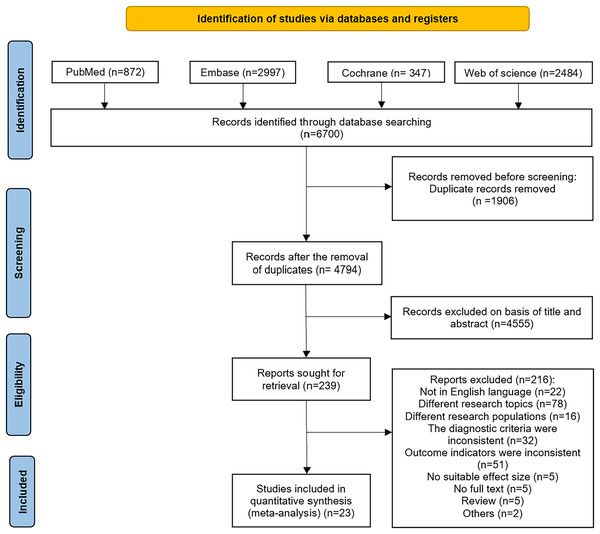Risk factors for bronchopulmonary dysplasia in preterm infants: a systematic review and meta-analysis
Background
Bronchopulmonary dysplasia (BPD) is the most common respiratory disease in preterm infants. As medical advancements have increased the survival rate of preterm infants, the prevalence of BPD has also increased, representing a significant societal burden. The pathogenesis of BPD is multifactorial, involving both genetic and environmental factors. Although numerous studies have examined risk factors for BPD, their findings are inconsistent. Few meta-analyses exist, yet most focus on risk factors for the development of pulmonary hypertension in infants with BPD. The primary aim of this study was to identify the risk factors for BPD.
Methods
The study protocol was registered with PROSPERO (CRD42024616871). A comprehensive literature search was conducted in the PubMed, Embase, Cochrane Library, and Web of Science databases for case-control and cohort studies investigating risk factors for BPD. The search was completed on 22 November 2024, and the data were analyzed using Review Manager 5.3.5 and Stata 15.1.
Results
A total of 23 studies were included in the analysis, encompassing 14,729 patients in the bronchopulmonary dysplasia (BPD) group and 19,101 in the non-bronchopulmonary dysplasia (non-BPD) group. The meta-analysis revealed that chorioamnionitis (CA) was associated with an increased risk of BPD (OR = 1.52, 95% CI [1.23–1.87]), as was premature rupture of membranes (PROM; OR = 1.42, 95% CI [1.02–1.98]). Additionally, hypertensive disorders of pregnancy (HDP) were identified as a significant risk factor for BPD (OR = 2.73, 95% CI [1.31–5.69]). Other notable risk factors included lower gestational age (GA; MD = −1.86, 95% CI [−2.35 to −1.38]), male sex (OR = 1.41, 95% CI [1.14–1.75]), and being small for gestational age (SGA; OR = 3.14, 95% CI [1.03–9.60]). Furthermore, the analysis indicated that mechanical ventilation (MV; MD = 16.55, 95% CI [9.68–23.41]), oxygen administration (MD = 50.91, 95% CI [37.40–64.42]), and blood transfusion (OR = 1.38, 95% CI [1.06–1.81]) were significant risk factors for BPD. Other variables that were identified as significant risk factors included patent ductus arteriosus (PDA; OR = 1.75, 95% CI [1.35–2.27]), sepsis (OR = 1.88, 95% CI [1.44–2.46]), and respiratory distress syndrome (RDS; OR = 6.37, 95% CI [4.00–10.13]).
Conclusions
Significant risk factors for BPD include CA, PROM, HDP, lower GA, male sex, SGA, MV, oxygen administration, blood transfusions, PDA, sepsis, and RDS. These findings hold potential clinical significance for predicting BPD pathogenesis.
















